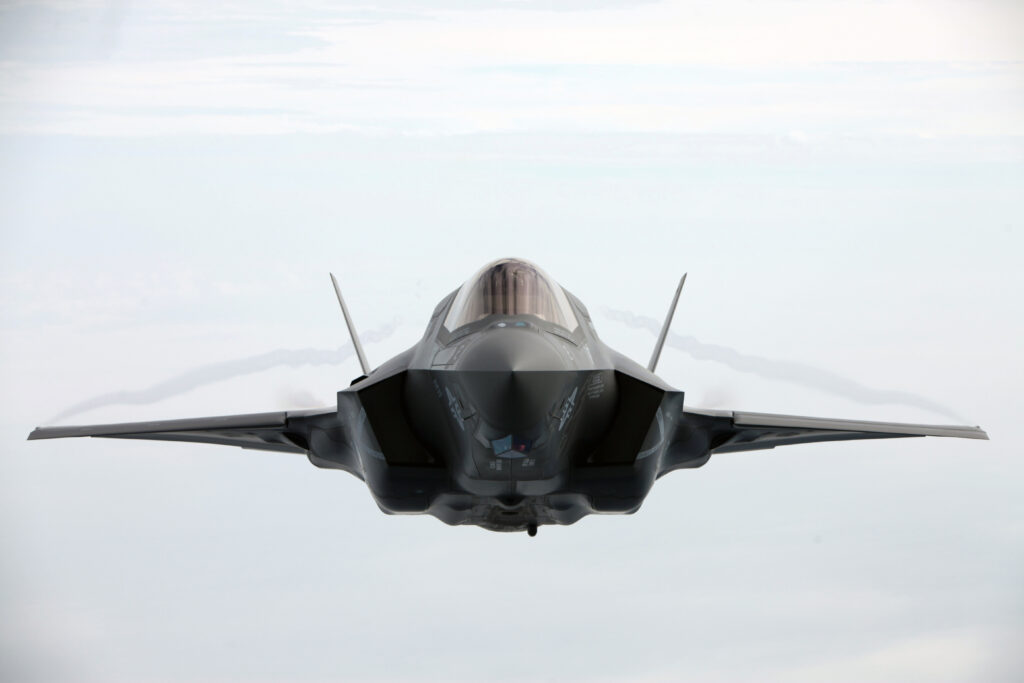WASHINGTON: The Pentagon’s director of Operational Test and Evaluation has raised serious concerns about the F-35 program’s ability to safely and effectively build and test the enormous amount of software used by both the F-35 aircraft and the maintenance and logistics system known as ALIS to keep the planes flying.
In a previously unreported Dec. 11 memo, Michael Gilmore cites “hundreds of unresolved deficiencies” in Block 2B software, which is what the Marines accepted in July when they declared Initial Operating Capability (IOC) last year. And he says the Joint Strike Fighter Joint Program Office risks failing Initial Operational Test and Evaluation (IOTE) as it builds the 3F software. IOTE must be passed before a major weapon can move to full rate production.
“The F-35 program recognizes there are about four months of potential risk in the 3F testing schedule; however, at this point in time the program is still tracking to a summer 2017 end date for 3F testing,” JPO spokesman Joe DellaVedova said in an email. “The JPO does not intend on ‘short cutting’ any required testing. Removal of test points by the combined JPO, industry and warfighting team occurs only after a thorough and disciplined review of what is required to deliver the promised capabilities.”
On the 2B software, the JPO says “all critical must-fix deficiencies were addressed.” It’s up to the Marines, Air Force and Navy decide “whether to fix deficiencies immediately, fix them in later increments, or not fix them at all.”
The memo, first disclosed Friday by my colleague Bill Sweetman at Aviation Week, also focused on ALIS (Autonomic Logistics Information System).
“(ALIS) continues to struggle in development with deferred requirements, late and incomplete deliveries, high manpower requirements, multiple deficiencies requiring work-arounds, and a complex architecture with likely (but largely untested) cyber deficiencies,” Gilmore wrote.
“The Joint Program Office absolutely agrees with DOT&E that robust cyber vulnerability testing is essential,” DellaVedova says in his email. “We constantly work with various agencies and experts to ensure survivability in a cyber-threat environment. The JPO has supported more than 2,000 cyber tests across all spectrums of the program including air vehicle, training systems, mission software, reprogramming laboratories and logistical support systems. In 2015, we conducted approximately 300 related cyber tests.”
Gilmore’s memo is probably a first look at the F-35 issues his office will raise in its annual report, due out soon. On its face, there’s very little new here. Lt. Gen. Christopher Bogdan, head of the JPO, has flagged the four-month software risk period and repeatedly discussed ALIS’ shortcomings. We’ll have to see if the annual DOTE report contains something more intriguing.
In a ‘world first,’ DARPA project demonstrates AI dogfighting in real jet
“The potential for machine learning in aviation, whether military or civil, is enormous,” said Air Force Col. James Valpiani. “And these fundamental questions of how do we do it, how do we do it safely, how do we train them, are the questions that we are trying to get after.”



























